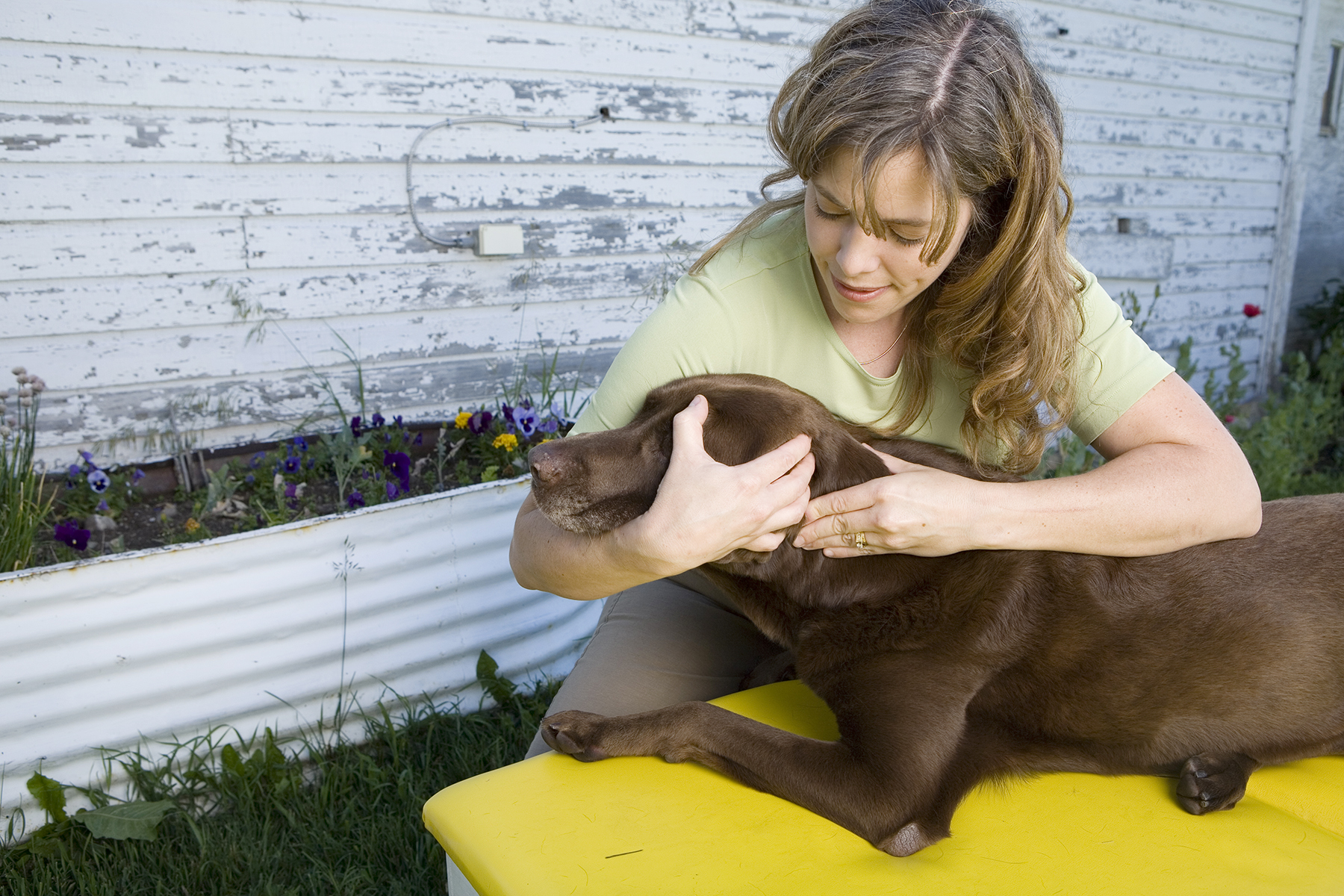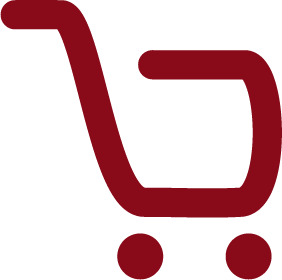The goal of animal physiotherapy is to relieve pain, restore range of motion and movement, improve function, prevent injuries, and expand the physical potential and quality of life of the animal patient.
Does your animal need physiotherapy / rehabilitation?
- Is your animal aging and having issues with strength and mobility?
- Has your animal had a surgery to a joint, spine, tendon, ligament, or muscle?
- Has your animal had an injury, accident, or trauma?
- Does your animal train or compete in a sport and you’re looking for top
performance? - Is your animal lame, sore, weak, or paralyzed?
- Does your animal have a sore back, head down posture, or a rounded spine?
- Has your animal developed behavioural issues when it comes to certain movements, activities, or abilities?
- Do you just want to ensure that your animal is feeling and functioning at its best?

The History of Animal Physiotherapy / Rehabilitation
The use of therapeutic tools and manual therapies dates back for centuries. However, the organized profession of physiotherapy started in the late 1800’s in the Great Britain, when an intensive program to learn massage and therapeutic exercise was created for nurses in order to provide physical therapeutics to patients. In Canada, the practice of physiotherapy dates back to the First World War, when wounded service men returned from the war and found themselves unable to cope with life’s demands.
Animal physiotherapy can trace its roots back to the British Royal Family, when physiotherapist, Charles Strong was engaged to use his electrical muscle stimulation machine on two of the family’s polo ponies. The ponies showed an amazing recovery, and Strong became a passionate advocate for the application of physiotherapy on animals. In Canada, individual physiotherapists had begun working with animals in the 80’s and formalized a group of like-minded physiotherapists in 1993. This led to the creation of The Canadian Horse and Animal Physical Therapists’ Association. It later became the Animal Rehab Division of the Canadian Physiotherapy Association. Currently there are dozens of countries around the world where animal physiotherapy / rehab is practiced by physiotherapists with advanced education in this discipline.
Educational opportunities to learn animal physiotherapy / rehabilitation are plentiful for qualified physiotherapists. Animal physiotherapy programs build upon the extensive background knowledge of human physiotherapists and provide additional training in animal anatomy, pathologies and conditions, zoonotic concerns, and handling. Advanced level courses are abundant as well, allowing for the practice of animal physiotherapy to closely resemble human physiotherapy.
What to expect from an animal physiotherapist?
Assessment: An animal physiotherapist will evaluate your animal’s muscles, tendons, spinal and joint function, movement, posture, strength, co-ordination, and other physical abilities and properties. This allows the therapist to determine the full physical impact of an injury, degenerative disease, inflammatory condition, disability, or activities of daily living.
Functional Diagnosis: Your animal physiotherapists will make a determination about your animal’s condition. This diagnosis is often complementary to the veterinary diagnosis and expands on the functional limitations and ‘whole body impact’ that the problem is causing.
Treatment Plan: Your animal physiotherapist will determine how best to restore proper movement and reduce the pain from an injury or condition based on scientific knowledge and a thorough assessment of your pet’s condition, lifestyle and environment. He or she will work with you to plan an individualized treatment program.
Available Treatments:
Your animal physiotherapist may utilize a variety of tools and methods available to them in order to treat your animal:
- Modalities refer to the tools or machines utilized by therapists and may include ultrasound, laser, electrical muscle stimulation, microcurrent, magnetic field therapy, shockwave, acupuncture, dry needling, and others.
- Manual therapy encompasses mobilizations, manipulations, massage and stretching. Animal physiotherapists have specialized training in biomechanics of the spine and extremity joints and of muscle origins, insertions and actions. Your animal physiotherapist may also utilize techniques such as myofascial release, craniosacral therapy, or other hands-on therapies.
- Exercise prescription: Your animal physiotherapist has unique, specialized training that enables him or her to assess and appropriately address the exercise needs of your animal’s physical conditions or injuries at every stage of healing.
- Assistive devices: Animal physiotherapists are well suited to help your animal by recommending and fitting carts, braces, splints, orthoses, or harnesses. Therapeutic taping or bandaging to help with joint positioning or body awareness can be incorporated to a therapy program as well.
- Education: An often under-emphasized piece of animal health care is that the owner / handler of the animal is of equal importance in the care of the animal. Animal physiotherapists are highly skilled in communicating and will ensure that the owner / handler is fully informed about the condition of the animal, the functional diagnosis, the treatment plan, and the therapeutics used or proposed. He or she will work with you to co-determine what is most important, practical, feasible, or reasonable when it comes to the rehabilitative care of your animal.
Perhaps most importantly, animal physiotherapists have a solid education and working background in interprofessional collaboration. They have been trained to work in a multi-disciplinary team and understand the value that other team members bring to the overall well-being of the patient.
Choosing an Animal Health Practitioner from RAAHP means you are choosing quality care for your pet. High standards of education, training and experience set RAAHP practitioners apart. Collaborative, comprehensive, patient-centred care should be the goal of every member of your animal's healthcare team. Animal Health Practitioners collaborate and work effectively with other health care providers such as veterinarians, animal physiotherapists, animal acupuncturists and animal homeopaths.
We know you want the best care possible for your pet. Don’t settle for anything less. RAAHP is the only national registry of its kind in Canada and registrants meet the professional standards required to provide the exemplary care you expect for your pet.

